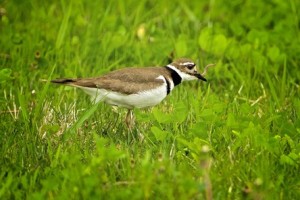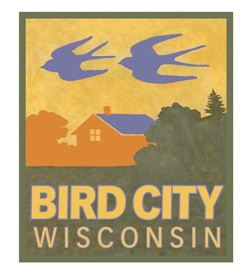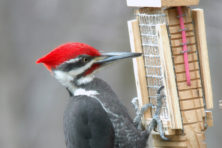Door County Is For The Birds
- Share
- Tweet
- Pin
- Share
On July 28, Door County became the sixth county in the state to be named a Bird City Wisconsin community, joining Brown, Kenosha, Marquette, Ozaukee and Taylor counties in being named to the bird conservation program.
“We received a very strong application from Door County,” said Carl Schwartz, coordinator of Bird City Wisconsin.
“I was thrilled to learn that all of Door County is now being recognized for the many efforts underway throughout the county to protect birds and their habitats,” said Pam Wegner, who helped lead the charge for the designation. “I believe that this designation will also raise a greater awareness of the vital importance of birds in maintaining a healthy environment and thus spur even more projects that will not only benefit birds but all of us who live here or visit this magnificent peninsula. A special thanks is owed to Michelle Anderson (deputy administrator/clerk/treasurer of the Village of Egg Harbor) who pulled together the data for the application. She is a gem.”
Also named with Door County were the cities of New Berlin, Whitewater and Reedsburg, the town of Mercer (known as the Loon Capital of the World) and the Village of DeForest, just outside Madison, bringing the total number of Bird City Wisconsin communities to 87 in its fourth year of partnership-based activity to spur avian conservation efforts in cities.
Schwartz said that although the county was named and three municipalities in the county have also been identified as Bird City Wisconsin communities – Egg Harbor, Baileys Harbor and Ephraim – he hopes to hear other from county communities that want to be identified as BCW communities.
“I know of a couple other counties that have considered it,” Schwartz said. “Milwaukee County is talking about making an application.”
A U.S. Fish & Wildlife Service report earlier this year showed Wisconsin ranks second nationally in the proportion of citizens considered birders, with fully one-third of its residents 16 and older reporting they travel to watch birds, or actively watch and identify birds around home.
Nationally, there are about 47 million birders, about 20 percent of the population 16 and older, according to the report. They annually spend an estimated $41 billion on trip-related expenditures and equipment, generate a total economic impact of $106 billion, support 666,000 jobs and generate $13 billion in state and federal tax revenues.
BCW communities each receive a special Bird City Wisconsin flag, plaque and two street signs to be erected at their boundaries, marking their conservation achievements.
Modeled on the “Tree City USA” program, Bird City Wisconsin has developed 22 conservation criteria across five categories. If a community meets at least seven criteria, it can be recognized as an official Bird City. Working through its website, birdcitywisconsin.org, BCW has recruited both public officials and interested citizens who belong to Audubon groups, nature preserves, bird clubs, natural history museums, conservation organizations and agencies, garden clubs, eco-minded businesses, and chambers of commerce that can be effective partners for developing and implementing Bird City strategies.
Schwartz said Bird City’s community participation is resulting in:
• Improved habitat conditions for breeding and migrating birds.
• Sound management of urban forests.
• Reductions in bird fatalities caused by domestic cats allowed to roam outdoors, and by window strikes.
• Active and coordinated engagement in conservation activities.
• A strong sense of community pride in conservation accomplishments.
Schwartz said Bird City accepts applications for initial certification three times each year. The next deadline is Nov. 1. Efforts to earn Bird City status are under way in dozens of additional communities. Recognition is renewable annually with certification valid from April 1 to March 31.




